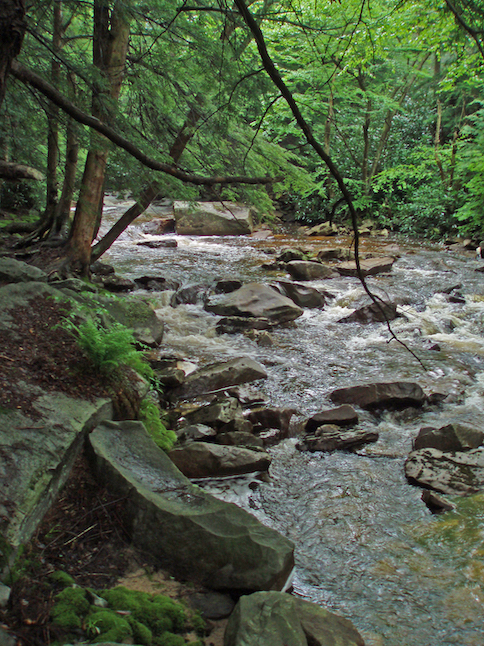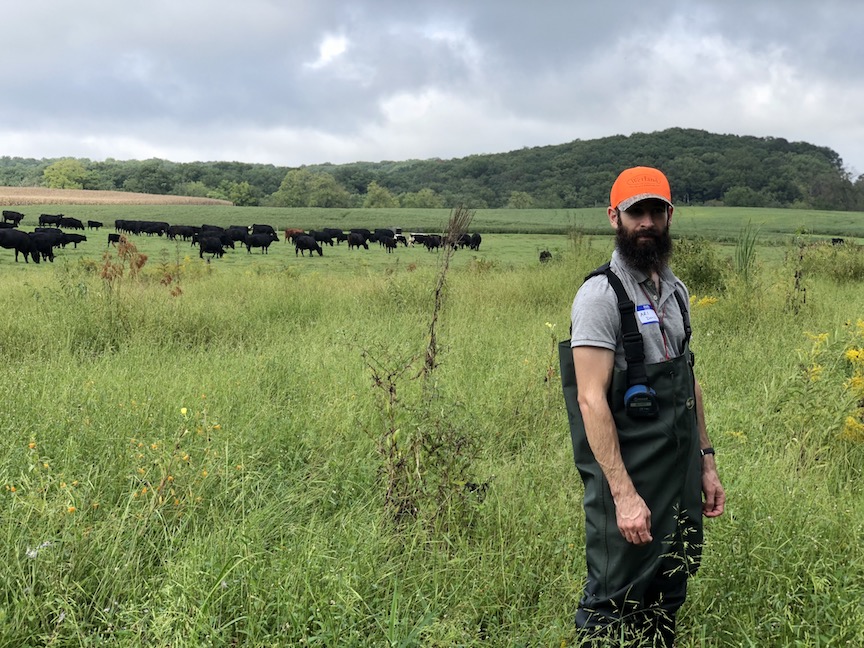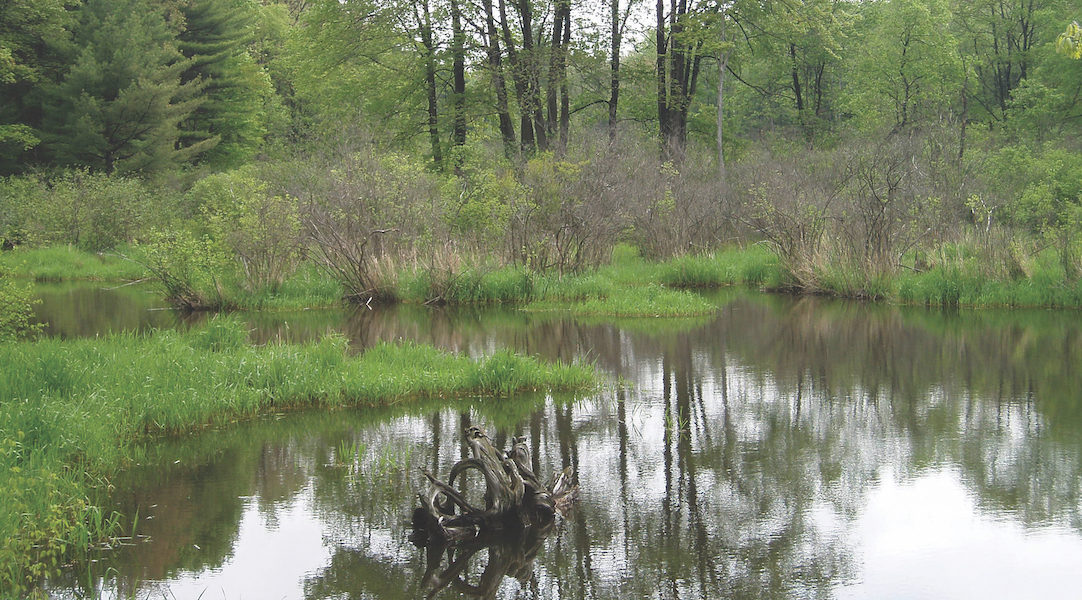Sometimes, heroes sneak under the radar. They work diligently in the background, protecting all of us, and we hardly know they are there—if we even know they are there at all. The Center for Watershed Protection (CWP) is one of those heroes.
Think about all the municipalities around the country who are responsible for keeping their residents’ waterways safe and clean. Where do they get the information they need to set policy and make decisions? Larger municipalities might have water engineers and others who keep track of the latest research, but what about the smaller ones? And what about complex, large-scale projects requiring expertise beyond the scope of what municipalities can handle on their own? That’s where the Center for Watershed Protection comes in.
CWP works with municipalities large and small, both in the Chesapeake Bay watershed and around the country, to bridge the gap between their needs and their available resources. CWP invests in applied research in stormwater management and develops best practices to create policies at the local, state, and national levels.

A Unique Bridge Between Research and Need
“Our unique role provides a bridge between academic research and practical implementation,” says Hye Yeong Kwon, Executive Director & CEO of CWP. “Our strength lies in our ability to translate science into practical guidance for policymakers, scientists, and everyone else who is out there implementing these things on the ground.”
Much of this guidance is available free to the public in CWP’s manuals, research papers, and reports in their Online Watershed Library.
Municipalities tap into CWP’s applied research to write watershed and stormwater planning and management manuals used for policy planning purposes—not only to influence regulations, but to help change and shape them.
CWP’s research influences several different areas and industries, including new construction. One of CWP’s recent projects was for the region around the Lower Savannah River Basin, a 2.8-million-acre watershed that provides water to 550,000 residents and many commercial and industrial users in South Carolina and Georgia. “Our research led to recommendations to conserve upstream forest land and manage these lands in a way that prioritizes the relationship between land use and water quality,” says Kwon.
CWP also does a lot of work in Washington, DC, which Kwon says is one of the most progressive communities when it comes to stormwater management, as well as with communities around the Chesapeake Bay. “The Chesapeake Bay is massive, but a lot of our work is smaller scale,” Kwon explains. “There are many communities that need help understanding the basics. Some of the bigger communities have the infrastructure to do this, but others don’t.”

National Watershed Research Network
Because Kwon feels passionately that conservation is most effective when there are more hands involved, her most recent brainchild is the launch of the National Watershed Research Network that includes local governments, state agencies, and federal agencies. In the future, she hopes to expand the network to include universities, consultants, and other nonprofit organizations as well.
“I felt that launching this network was necessary because there are so many critical issues being left unaddressed,” says Kwon. “Most of the research we’ve done in the past has been funded via response to RFPs, which are typically narrow in scope. I thought, if we could get communities to come together in a committee fashion and pool their research, we could start developing some [broader] applied projects that communities really need.”
While CWP initially spearheaded the research, Kwon hopes that over time other members will start to lead their own projects. The goal is to grow the effort to an annual $1 million research budget.
After all, the National Watershed Research Network isn’t just looking to benefit the Center for Watershed Protection. As heroes do, CWP wants this research to benefit everyone. That’s why the National Watershed Research Network’s findings will be made public—shared with anyone who needs it. “Water is water,” Kwon concludes. “We are all in this together.”
To learn more about the Center for Watershed Protection and how you can get involved, visit cwp.org.
Sustainably,
Bobby Firestein
For our 2022 Ecoprint calendar, Protecting the Natural Beauty of the Chesapeake Bay, we have partnered with 13 different organizations, all dedicated to helping solve the environmental challenges in this important ecological hub. The Center for Watershed Protection is our featured partner for the month of December. To get your own 2022 Ecoprint calendar, click the button below.

